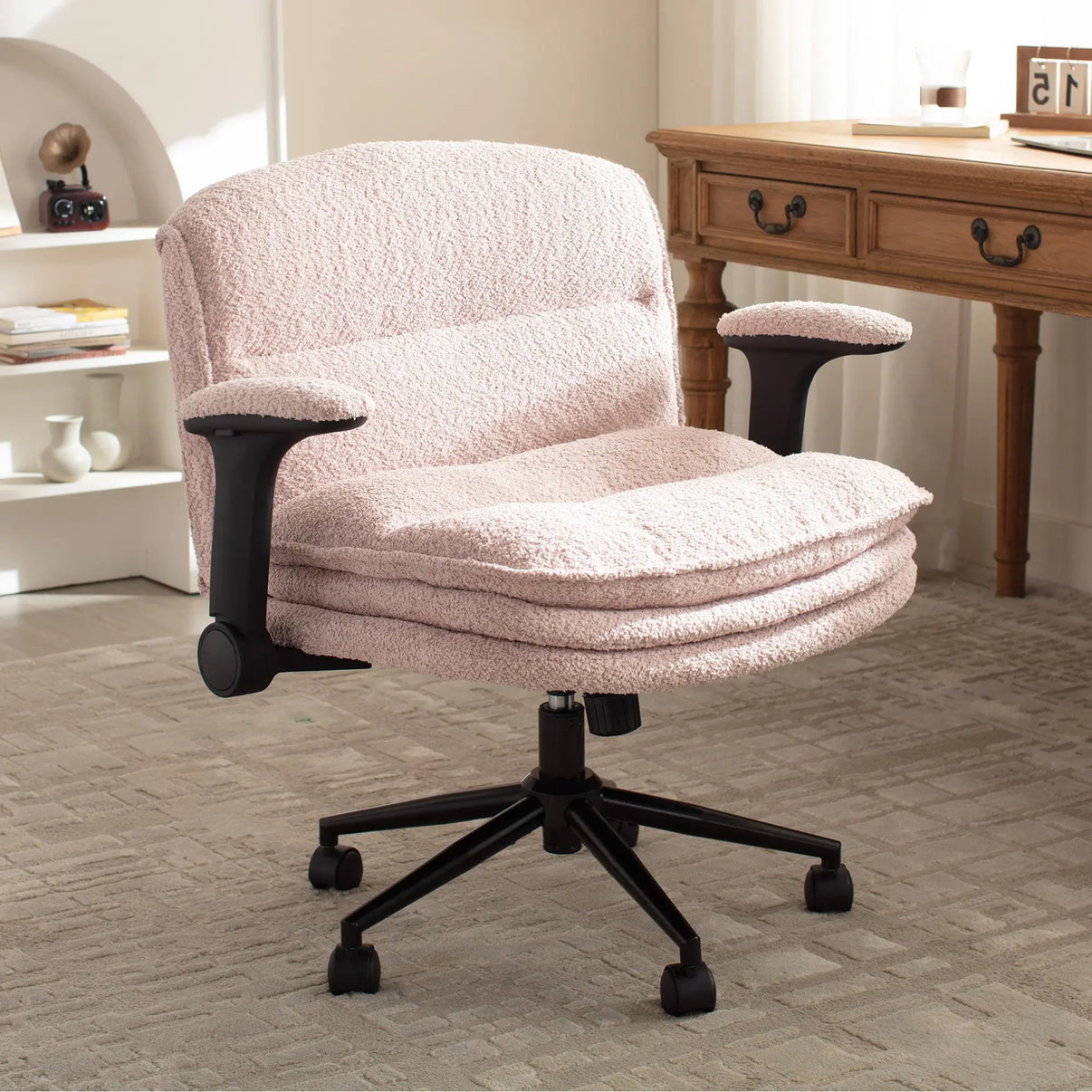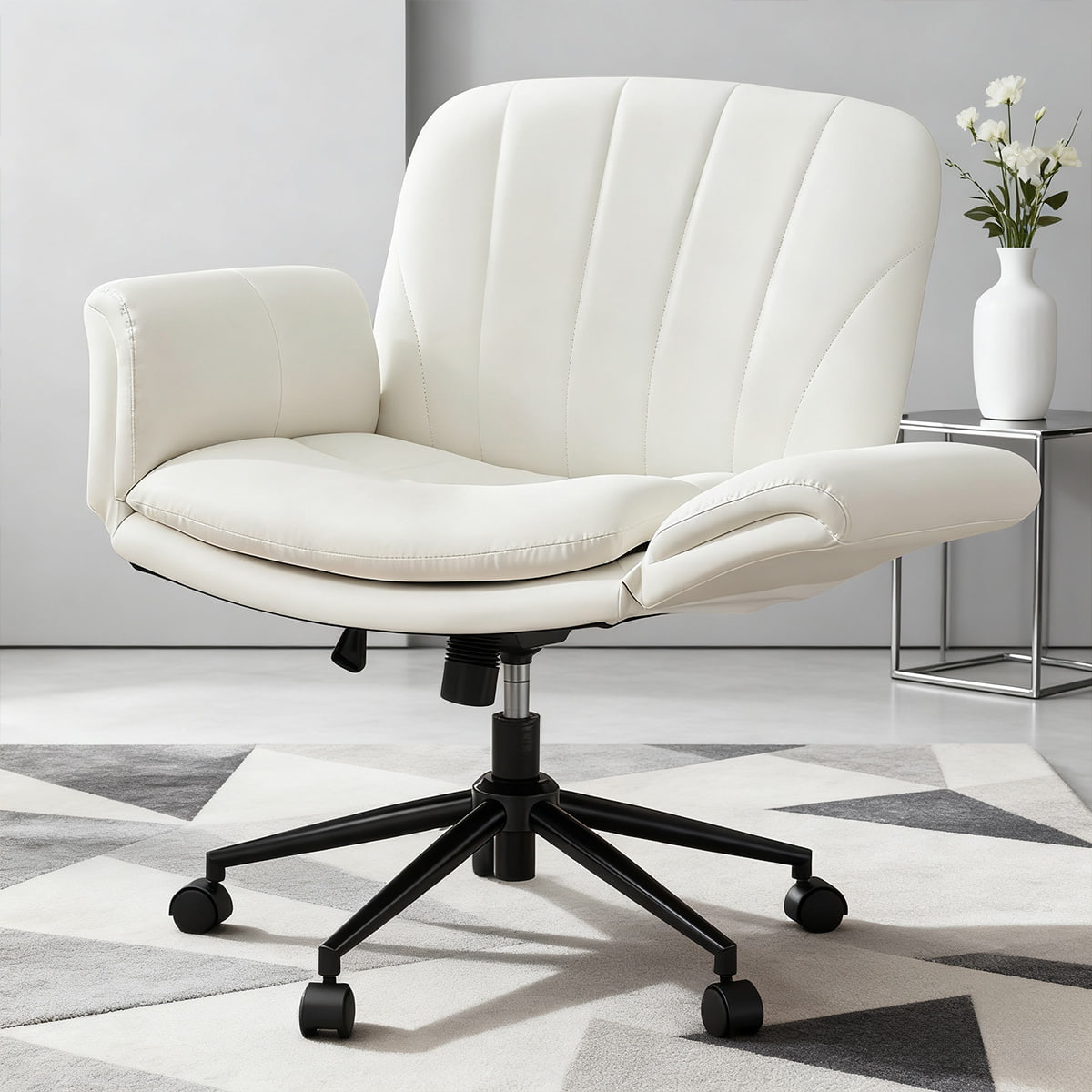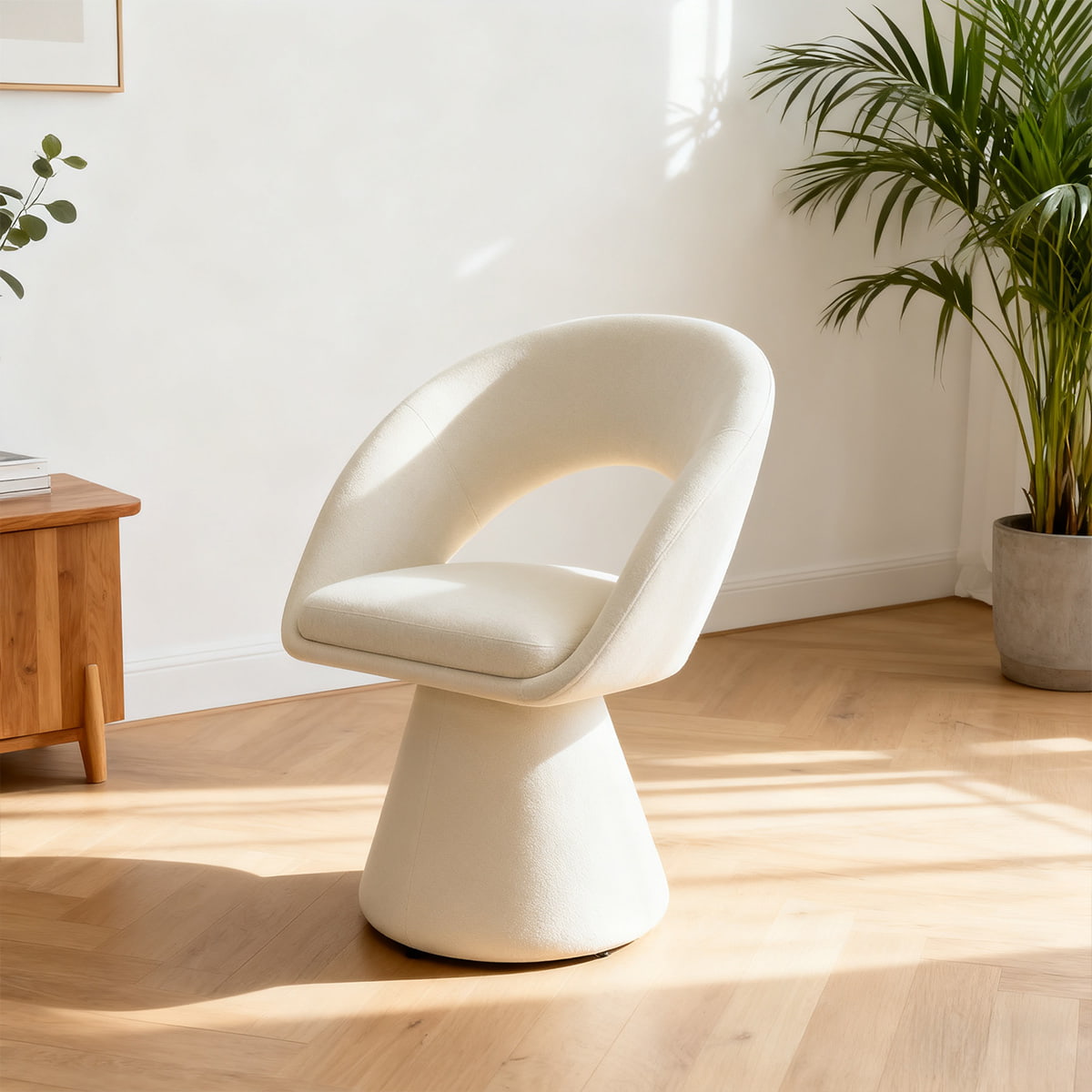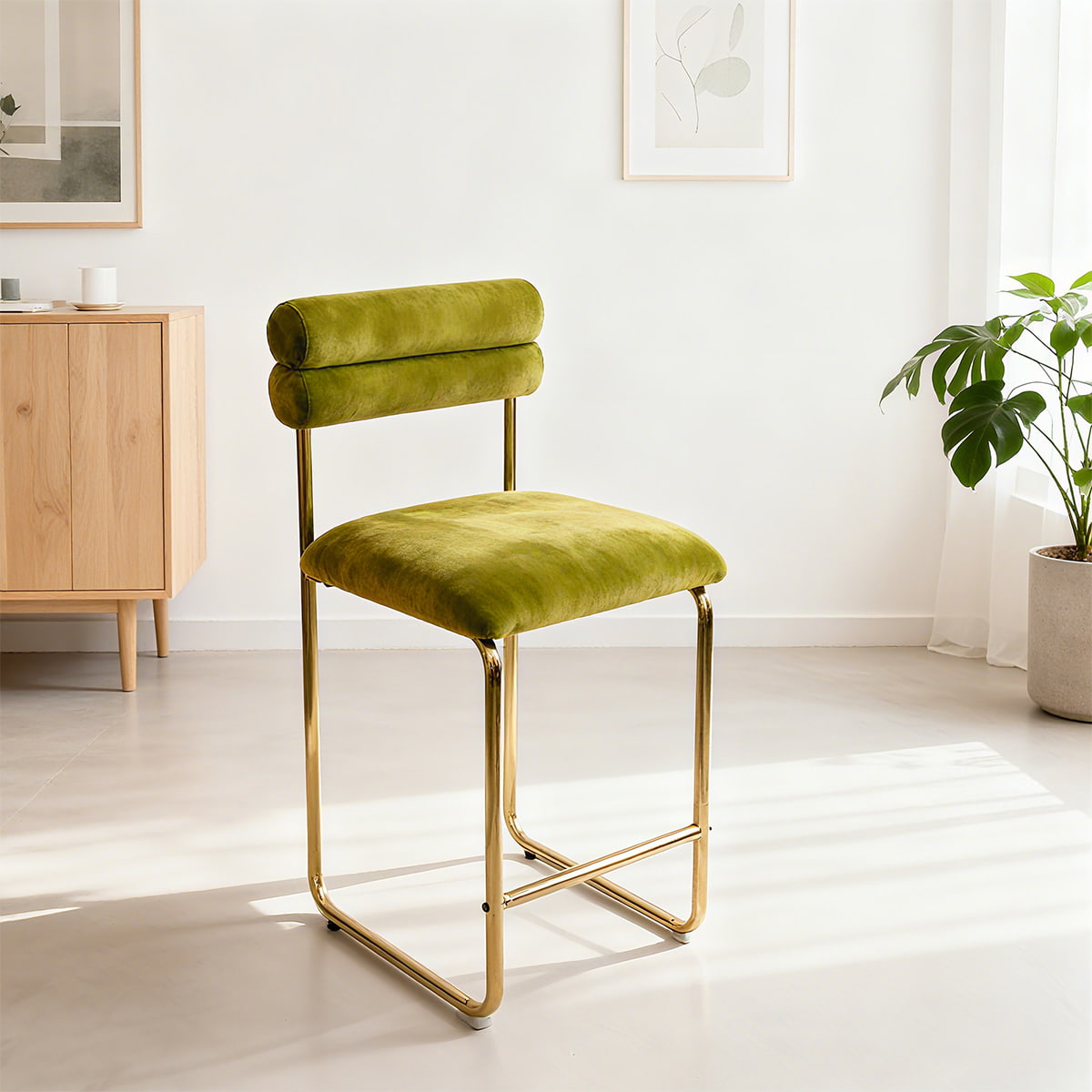
The impact of frame material on the stability of a fabric leisure chair
Posted by Admin | 30 Oct
- 1 Fundamental Principles of Chair Stability and Frame Mechanics
- 2 Hardwood Frame Materials: Traditional Strength with Modern Applications
- 3 Metal Frame Systems: Engineering Precision and Structural Efficiency
- 4 Comparative Analysis of Frame Material Stability Characteristics
- 5 Composite and Engineered Material Innovations
- 6 Joint Design and Connection Systems for Enhanced Stability
- 7 Manufacturing Processes and Quality Control for Stability Assurance
- 8 Environmental Factors and Long-Term Stability Considerations
- 9 FAQ
- 9.1 What is the average weight capacity for fabric leisure chairs with different frame materials?
- 9.2 How does frame material affect the overall cost of fabric leisure chairs?
- 9.3 Which frame material is most suitable for outdoor fabric leisure chairs?
- 9.4 How can I assess the quality of a fabric leisure chair frame before purchasing?
- 9.5 What are the most common frame-related issues in fabric leisure chairs?
The selection of frame material represents one of the most critical factors determining the stability, durability, and long-term performance of fabric leisure chairs. While fabric selection and cushioning understandably receive significant attention, the underlying frame serves as the structural foundation that dictates how a chair responds to weight, movement, and environmental stresses over years of use. This comprehensive guide examines how different frame materials—from traditional hardwoods to advanced engineered composites—influence the stability characteristics of fabric leisure chairs, providing valuable insights for manufacturers, designers, and consumers seeking to make informed decisions about furniture investments that balance aesthetics, performance, and longevity.
Butterfly Vanity Chair – Modern Upholstered Swivel Accent Chair
Fundamental Principles of Chair Stability and Frame Mechanics
The stability of fabric leisure chairs depends on the complex interaction between frame material properties, structural design, and manufacturing techniques. Stability encompasses multiple performance aspects including static load capacity (weight support), dynamic stability (resistance to tipping during movement), torsional rigidity (resistance to twisting forces), and long-term dimensional stability (resistance to warping or sagging over time). Understanding how frame materials influence these stability dimensions requires examining fundamental mechanical properties including modulus of elasticity, yield strength, density, and resistance to environmental factors that can compromise structural integrity.
- Static Load Distribution: How frame materials distribute weight across the chair's foundation affects both comfort and structural longevity.
- Center of Gravity Management: Material density and placement influence how the chair balances user weight to prevent tipping.
- Joint Integrity and Stress Concentration: Different materials respond uniquely to stress concentrations at connection points, affecting overall stability.
- Dynamic Response Characteristics: How the frame absorbs and dissipates energy during user movement impacts both stability and perceived comfort.
- Long-Term Deformation Resistance: The material's ability to resist creep (gradual deformation under constant load) determines lasting stability.
Hardwood Frame Materials: Traditional Strength with Modern Applications
Hardwood frames represent the traditional choice for high-quality fabric leisure chairs, offering exceptional strength-to-weight ratios, natural beauty, and proven longevity when properly manufactured. Different hardwood species provide varying stability characteristics based on their grain structure, density, and natural mechanical properties. While hardwoods generally offer excellent stability performance, their anisotropic nature (different properties in different directions) requires specialized manufacturing techniques to optimize strength orientation and minimize potential weaknesses associated with natural material variations.
- Oak Framing Characteristics: High density and interlocking grain structure provide excellent rigidity and resistance to racking forces.
- Maple Structural Properties: Fine, consistent grain with high crush resistance ideal for high-stress joint areas.
- Walnut Performance Attributes: Moderate density with good shock resistance and natural dimensional stability.
- Teak and Tropical Hardwoods: Exceptional resistance to moisture-induced warping, ideal for outdoor or high-humidity environments.
- Engineered Hardwood Composites: Laminated wood products offering improved consistency and reduced susceptibility to checking or splitting.
Metal Frame Systems: Engineering Precision and Structural Efficiency
Metal frames for fabric leisure chairs offer distinct stability advantages through their predictable mechanical properties, manufacturing consistency, and design flexibility. Different metals and fabrication methods create frames with specific stability profiles suited to various applications, from lightweight occasional seating to heavy-duty commercial furniture. The isotropic nature of metals (consistent properties in all directions) allows for more precise engineering calculations and optimized material distribution, while various joining techniques significantly impact overall stability performance and longevity.
- Steel Tube Framing: High strength-to-weight ratio with excellent rigidity, particularly in larger diameter thin-wall configurations.
- Aluminum Extrusion Systems: Corrosion resistance with good strength, ideal for outdoor applications where weight is a consideration.
- Cast Metal Components: Complex shapes with optimized material distribution for high-stress areas and decorative elements.
- Metal Alloy Selection: Specific alloys tailored for bending strength, fatigue resistance, or welding characteristics.
- Hybrid Metal-Wood Systems: Strategic combination of materials to leverage the advantages of each in different chair regions.
Comparative Analysis of Frame Material Stability Characteristics
Selecting the optimal frame material for fabric leisure chairs requires understanding the relative stability performance, maintenance requirements, and appropriate applications of available options. Different materials offer distinct advantages and limitations across various stability dimensions, with optimal selection depending on factors like intended use environment, user weight expectations, mobility requirements, and design aesthetics. The table below compares the most common frame materials to inform decision-making based on specific stability requirements and performance priorities:
| Frame Material | Load Capacity | Rigidity/ Flexibility Balance | Long-Term Stability | Environmental Resistance | Typical Applications |
| Solid Hardwood | High | Moderate flexibility | Excellent with proper care | Good (varies by species) | Premium indoor furniture, heirloom pieces |
| Steel Tube | Very High | High rigidity | Excellent | Good with proper finishing | Commercial, heavy-duty, modern designs |
| Aluminum | Medium-High | Moderate rigidity | Excellent | Excellent (natural oxidation resistance) | Outdoor, portable, contemporary designs |
| Engineered Wood | Medium-High | Consistent rigidity | Good to Excellent | Varies by binding materials | Mid-range indoor furniture, consistent production |
| Reinforced Polymer | Medium | Controlled flexibility | Good (varies by formulation) | Excellent chemical resistance | Outdoor, high-moisture environments, innovative designs |
This comparison demonstrates why understanding specific stability requirements is essential when selecting frame materials for different fabric leisure chair applications and usage environments.
Composite and Engineered Material Innovations
Advanced composite and engineered materials represent the frontier of frame technology for fabric leisure chairs, offering tailored stability characteristics that address specific performance challenges. These materials combine different substances to create synergistic properties unavailable in single-material frames, enabling designers to optimize stability while achieving weight reduction, environmental resistance, or specific aesthetic goals. Understanding these innovative material systems provides insight into how frame technology continues to evolve to meet changing performance expectations and manufacturing requirements.
- Fiber-Reinforced Polymers: Glass or carbon fiber composites offering exceptional strength-to-weight ratios and design flexibility.
- Wood-Plastic Composites: Combining wood fibers with polymer matrices for improved moisture resistance and manufacturing consistency.
- Metal Matrix Composites: Aluminum or magnesium reinforced with ceramic particles for enhanced stiffness and vibration damping.
- Laminated Wood Systems: Multiple wood layers with alternating grain directions for dimensional stability and reduced warping potential.
- Hybrid Material Assemblies: Strategic combination of different materials in specific chair regions to optimize local stability requirements.
Joint Design and Connection Systems for Enhanced Stability
The stability of fabric leisure chairs depends not only on the frame materials themselves but equally on how these materials are joined together. Connection points represent potential weak areas where stress concentrates, making joint design and execution critical to overall stability performance. Different frame materials require specific joining techniques that accommodate their unique mechanical properties, expansion characteristics, and manufacturing considerations. Proper joint design distributes stresses effectively throughout the frame while accommodating material-specific movement and wear patterns over the chair's service life.
- Wood Joinery Techniques: Mortise-and-tenon, dowel, and finger joints that maximize glue surface area and mechanical interlock.
- Metal Connection Methods: Welding, brazing, mechanical fasteners, and precision interlocking systems for different applications.
- Material Transition Joints: Specialized connectors for joining dissimilar materials with different expansion coefficients.
- Reinforcement Strategies: Gussets, corner blocks, and additional support elements at high-stress connection points.
- Adjustment and Tolerance Systems: Designs that accommodate material dimensional changes due to humidity or temperature fluctuations.
Manufacturing Processes and Quality Control for Stability Assurance
The manufacturing processes used to transform raw frame materials into finished fabric leisure chairs significantly influence the final stability characteristics of the product. Beyond material selection, factors including machining precision, assembly techniques, quality control protocols, and finishing methods collectively determine how well the theoretical stability of the frame material translates into real-world performance. Understanding these manufacturing considerations provides context for evaluating different chair options and predicting long-term stability under actual use conditions.
- Material Preparation and Conditioning: Proper drying, acclimation, and stress relief processes that minimize internal material stresses.
- Precision Machining Standards: Tight tolerances for component fabrication that ensure proper fit and load distribution.
- Assembly Sequence Optimization: Strategic order of operations that minimizes assembly stresses and ensures proper alignment.
- Quality Verification Testing: Structural testing protocols that validate stability performance before products reach consumers.
- Finishing System Compatibility: Surface treatments that protect frame materials without compromising structural integrity or joint performance.
Environmental Factors and Long-Term Stability Considerations
The long-term stability of fabric leisure chairs depends significantly on how frame materials respond to environmental conditions throughout their service life. Factors including humidity fluctuations, temperature variations, UV exposure, and chemical interactions can gradually compromise frame integrity if not properly addressed during material selection and manufacturing. Understanding these environmental influences enables more informed decisions about frame material suitability for specific installation environments and expected usage patterns over years of service.
- Humidity and Moisture Response: How different materials expand, contract, or potentially degrade with moisture content changes.
- Thermal Expansion Management: Accommodating dimensional changes due to temperature fluctuations, particularly in multi-material frames.
- UV Degradation Resistance: Protection against polymer breakdown or surface deterioration from sunlight exposure.
- Chemical Compatibility: Resistance to cleaning agents, atmospheric pollutants, or other chemicals encountered in typical use environments.
- Biological Deterioration Prevention: Protection against mold, fungi, insects, or other biological factors that can compromise structural materials.
FAQ
What is the average weight capacity for fabric leisure chairs with different frame materials?
The weight capacity of fabric leisure chairs varies significantly based on frame material, design, and construction quality. Steel frame chairs typically offer the highest weight capacity, often rated for 300-500 pounds in well-engineered designs. Solid hardwood frames generally support 250-400 pounds depending on joinery quality and specific wood species. Aluminum frames usually accommodate 275-350 pounds, while engineered wood and composite frames typically range from 200-300 pounds. These capacities represent well-constructed chairs from reputable manufacturers; actual performance depends on specific design details, joint construction, and overall engineering quality beyond just the base frame material.
How does frame material affect the overall cost of fabric leisure chairs?
Frame material significantly influences the cost structure of fabric leisure chairs through both raw material expenses and manufacturing complexity. Solid hardwood frames typically command premium prices due to material costs and labor-intensive manufacturing processes. Steel frames offer excellent value with moderate material costs and efficient manufacturing, though high-end designs with complex fabrication can reach premium price points. Aluminum frames generally fall in the mid-to-upper price range due to material costs and specialized manufacturing requirements. Engineered wood and composite frames often provide cost-effective solutions with good performance characteristics, particularly for production-scale manufacturing. The optimal choice balances budget constraints with specific stability requirements and expected service life.
Which frame material is most suitable for outdoor fabric leisure chairs?
For outdoor fabric leisure chairs, aluminum frames often represent the optimal balance of stability, durability, and weather resistance. Aluminum naturally forms a protective oxide layer that prevents corrosion, requires minimal maintenance, and offers good strength-to-weight ratio. Powder-coated steel provides excellent strength but requires impeccable finishing to prevent rust in outdoor environments. Certain hardwoods like teak or properly treated white oak offer natural weather resistance with traditional aesthetics. For maximum durability in harsh coastal environments, marine-grade aluminum or stainless steel provide superior corrosion resistance despite higher costs. The selection should consider specific environmental conditions, maintenance expectations, and aesthetic preferences alongside stability requirements.
How can I assess the quality of a fabric leisure chair frame before purchasing?
Assessing the frame quality of fabric leisure chairs before purchase involves several inspection techniques. For visible frames, examine joint construction for tight, gap-free connections. Apply gentle rocking pressure to check for unexpected flexibility or creaking sounds that might indicate poor joinery. For upholstered chairs, press firmly on arms and back to feel for solid resistance rather than excessive flexing. Inquire about frame material specifications, including material grade, thickness, and joinery methods. Check for additional stability features like corner blocks, center supports, or reinforced stress points. Reputable manufacturers typically provide detailed frame specifications and may offer transparency about their construction methods and quality control processes.
What are the most common frame-related issues in fabric leisure chairs?
The most common frame-related issues in fabric leisure chairs typically involve joints and connections rather than failure of the frame materials themselves. Loose joints from inadequate fastening or glue failure represent frequent problems, particularly in wood frames subjected to seasonal humidity changes. Stress cracks often develop at high-stress points in wooden frames or welded joints in metal frames. Corrosion can compromise metal frames in humid environments if finishes are damaged or inadequate. Warping or twisting may occur in solid wood frames exposed to uneven moisture conditions. Frame squeaking often develops as components move against each other in under-engineered connections. Understanding these potential issues informs both purchasing decisions and long-term maintenance practices for preserving chair stability.
Related Products
-
 NO.8, NO.1 Road, Sunshine Industrial Park 2, Anji County, Huzhou City, Zhejiang Province, China.
NO.8, NO.1 Road, Sunshine Industrial Park 2, Anji County, Huzhou City, Zhejiang Province, China.
-
 [email protected]
[email protected]
[email protected]
[email protected]
[email protected] -
 +86-13567991394
+86-13567991394


 En
En English
English Français
Français Español
Español










